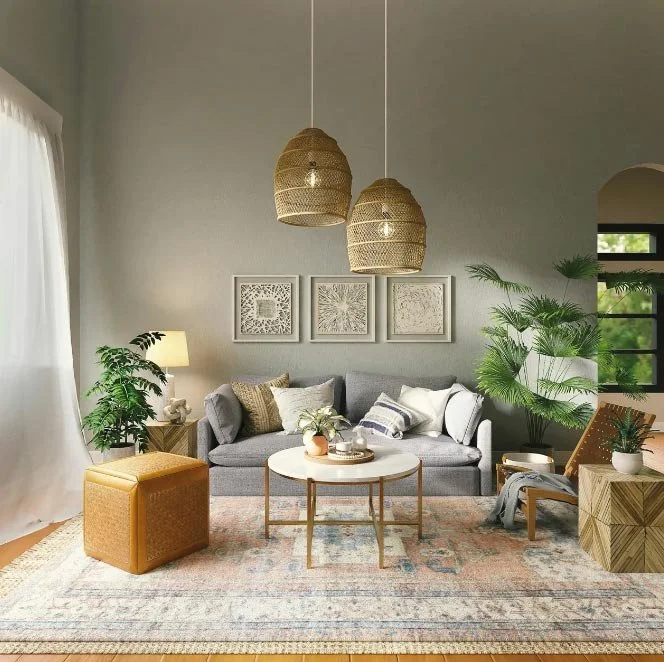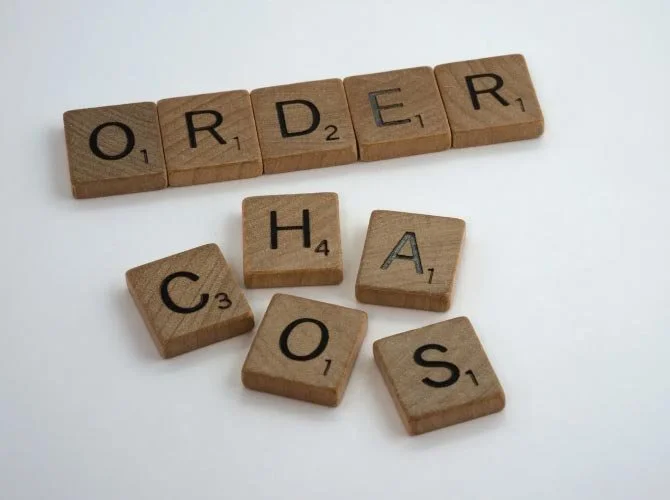Chaos to Clarity
How Internal Governance Frameworks Benefit You and Your Organisation
There are stories every year of businesses coming undone due to a lack of governance with the right people expertise involved. Take for example the recently reported demise of the global co-working company We Work. An international success story one day and a failed business the next due, in part, to the lack of appropriate governance.
As my career has progressed, I have become increasingly aware and appreciative of how internal governance frameworks supported my role. These frameworks create legible parameters to drive business strategy and priorities.
Sadly, for some, the word governance equates to slowing things down to the point where nothing happens. As though it an evil plan to singularly make their work life more difficult.
Yet an appropriately sized internal governance framework makes work easier. The framework enables you to understand decision lines; where your responsibility and accountability starts and stops; putting things in place so that risks are much less likely to translate to actual issues; prioritising; and adjusting resourcing. Done properly, it creates an environment that is future focused, transparent and not stuck in the weeds.
In short, internal governance frameworks are good for you as an employee and good for the business at the same time. Without a governance framework, businesses can easily be living in a state of chaos. Internal governance frameworks help create clarity.
So what does an internal governance framework look like? Well, I liken a governance framework to building a house. Allow me to step you through it.
Foundations
Typically, a house is built on a foundation or piers, in governance lingo this is like the organisation’s policies for delegations, code of conduct, risk management and so on. The need for these policies is dependent on the size, scale and nature of the business. These are the fundamentals, without them, your ‘house’ is at greater risk of collapse.
Structure
Next you need the frame for the house structure. The space is divided into the required rooms. This is the critical people part. Getting the right people around a table with seniority, skin in the game, decision making capability is important along with keeping this tight (no more than 7 people is the magic number). These people form the committee or working group.
As each room has a purpose in a home, your business needs to be crystal clear on what the committee’s purpose is. Setting the parameters of the committee so they know what they are responsible for is paramount. This cannot happen by osmosis.
Thinking through questions such as, what are the expectations of it from the business? What information needs to come through and in what form? How often does it need to meet? Investing time from the outset on questions like these and others related ensures the architecture is sound and the business will benefit as a result.
Getting the right number and sizing of rooms (read committees), as well as being super clear on the purpose and mandate is the gold.
In my view the structure is at the heart of a good internal governance framework and getting this right can make all the difference in reducing that sense of frenzy or chaos in an organisation.
To this end, I am a firm believer in the Prince2 methodology. It has simple logical principles that can be applied that allow you to create a structure that is suited to the organisation and can be adjusted as the business grows, plateaus or down-sizes.
Roof
Just as a roof sits above the room structure, in governance terms this is the Integrity piece. This is where the organisation engages an independent party to conduct a review or audit across the ‘rooms’ and other key compliance matters related to the line of business from time to time.
Periodic reviews of the ‘structure’ to ensure it remains fit for purpose is essential just as you would carry out maintenance or refurbishments on your home.
Furnishings
One of the important things that comes from having a good internal governance framework in place is to be able to communicate with employees the committees decisions made and the actions required.
Everyone will then understand the direction the business is taking. Employees have the lights switched on, they can see what is being prioritised. They will be given information that provides the rationale, creates buy-in and employee support.
The form and content of communication are the furnishings in the home. Without furnishings a house is not a home. Equally a business is nothing without its people. Communication brings employees along, they feel motivated to perform and feel aligned to the business’ direction.
Conclusion
Good governance supports timely decision making, allows employees to know and understand where their responsibilities start and stop. It makes the organisation regularly check its strategic direction and what it is prioritising. Internal governance frameworks should adjust as a business grows, plateaus or down-sizes. Importantly, good governance equates to clarity and a sense of order.
Compose Consulting specialises in the people and subject matter part of an internal governance framework ie designing the rooms.
If you feel your organisation could benefit from a review of existing internal governance practices, such as your working groups or committees, Compose Consulting is well placed to work with you. Equally, if you are a business that has grown to the point where visibility across all working parts is difficult, then Compose Consulting would be happy to sit down with you and devise the best way forward.
In short, we would be delighted to talk to you about your particular challenges and how we can tailor something for your own environment so that you can shift the dial from chaos to clarity.





